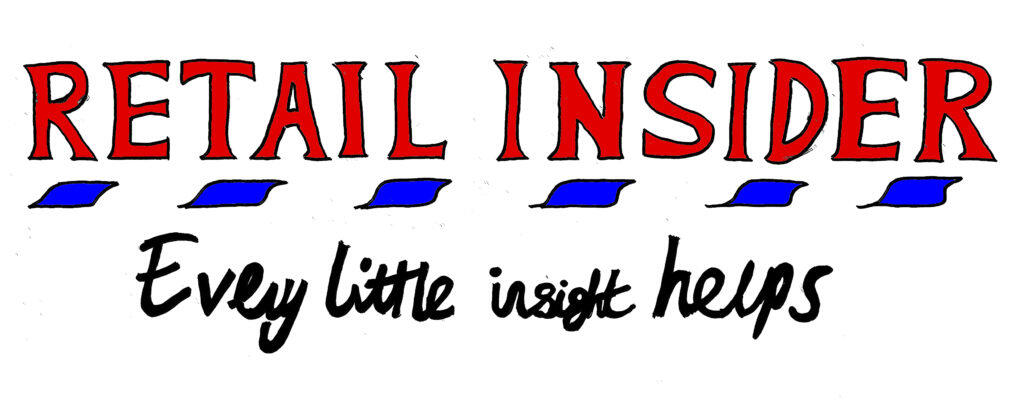Sustainable fashion: When fashion loses its sparkle
Welcome to this column within our broader sustainability section which focuses on what clothing retail is doing to address the issues in its industry. It’s exciting times for anyone involved in this area as technology and retailers try to keep up with customers’ demand for all things ethical. From fur farms to fast fashion, excess packaging to plastic coathangers – this is where the real action is.
This month’s column asks if that Christmas party season fashion staple – the humble sequin – could ever be sustainable. Brought to you by Retail Insider with Clipper and Give Back Box
Sometimes it is possible to view the whole challenge of sustainable fashion through the lens of one single, tiny product – so as the women of Britain begin to turn their minds to the upcoming party season frocks, Retail Insider thought it would be timely to track the ups and downs of the popular but problematic sequin.
When November turns into December anyone looking through catalogues or at shop windows will start to see the sequin making its annual headlining role as the party dress staple. The word sequin comes from the Arabic word for coin ‘sikka’ and they have been around for more than 800 years – a fact which reveals a deep-seated human desire for shimmery, shiny things.
Of course, originally they would have been made of metal but for decades they have mainly been produced from etched aluminium, which is bonded onto PET aka micro-plastic. And micro-plastics are, of course, problematic. Think of the furore in recent years over microbeads polluting rivers and entering the marine food chain – and ultimately the human diet. Sequins present the same problem so there have been various attempts to produce a sequin that is less damaging to the planet.
The concept designer Elissa Brunato withdrew from the world of fashion to concentrate on developing sustainable materials, which led to her joint project with the Research Institute of Sweden (RISE) and the resulting bio iridescent sequin. This is made from natural cellulose found in all plants. It uses no petroleum-based plastics and the crystalline nature of the structure means that it even uses the refraction of light to produce its own iridescence without the need for chemicals.
On top of all this it could, according to Brunato, be made from all kinds of plant matter including waste products like paper, algae or some food waste. So far so good. However, designing a product is only one part of the solution, the other part is to make a scaleable, sellable version that can be made in the kind of quantities required. And that has not been achieved yet.
So let’s turn to another proposition. The Sustainable Sequin Company was founded by Rachel Clowes in 2017. To her enormous credit Clowes has done extensive research into developing a more eco-friendly and even biodegradable sequin. But it’s hard going. The sequins she can afford to produce and sell on Etsy at the moment are made with only 20% recycled PET and polyester and while clearly this is an improvement on the 100% virgin polymer alternative, it’s a far cry from being truly sustainable. Added to that, in the past, the recycled plastic has been shipped from China adding greatly to the product’s carbon footprint. Here’s hoping that recent funding for Clowes and members of the Future Fashion Factory from Innovate UK to work alongside scientists at the University of Leeds comes to a happy conclusion.
The two designers mentioned above have done sterling work but the challenge is clear. The really non-damaging version doesn’t yet have a scaleable production model and the one which can be sold in quantities doesn’t have the best eco-credentials. So the last word on sequins will have to go to those well-known party animals the statisticians who tell us that the average party dress is worn only two or three times before being disposed of or never worn again.
Therefore, this Christmas either give some sequins a second lease of life and buy preloved or join the renting revolution and go designer for one evening only. And the best news? Both these options will probably save you money – and that will definitely put a bit of added sparkle into your life.
Supported by:






